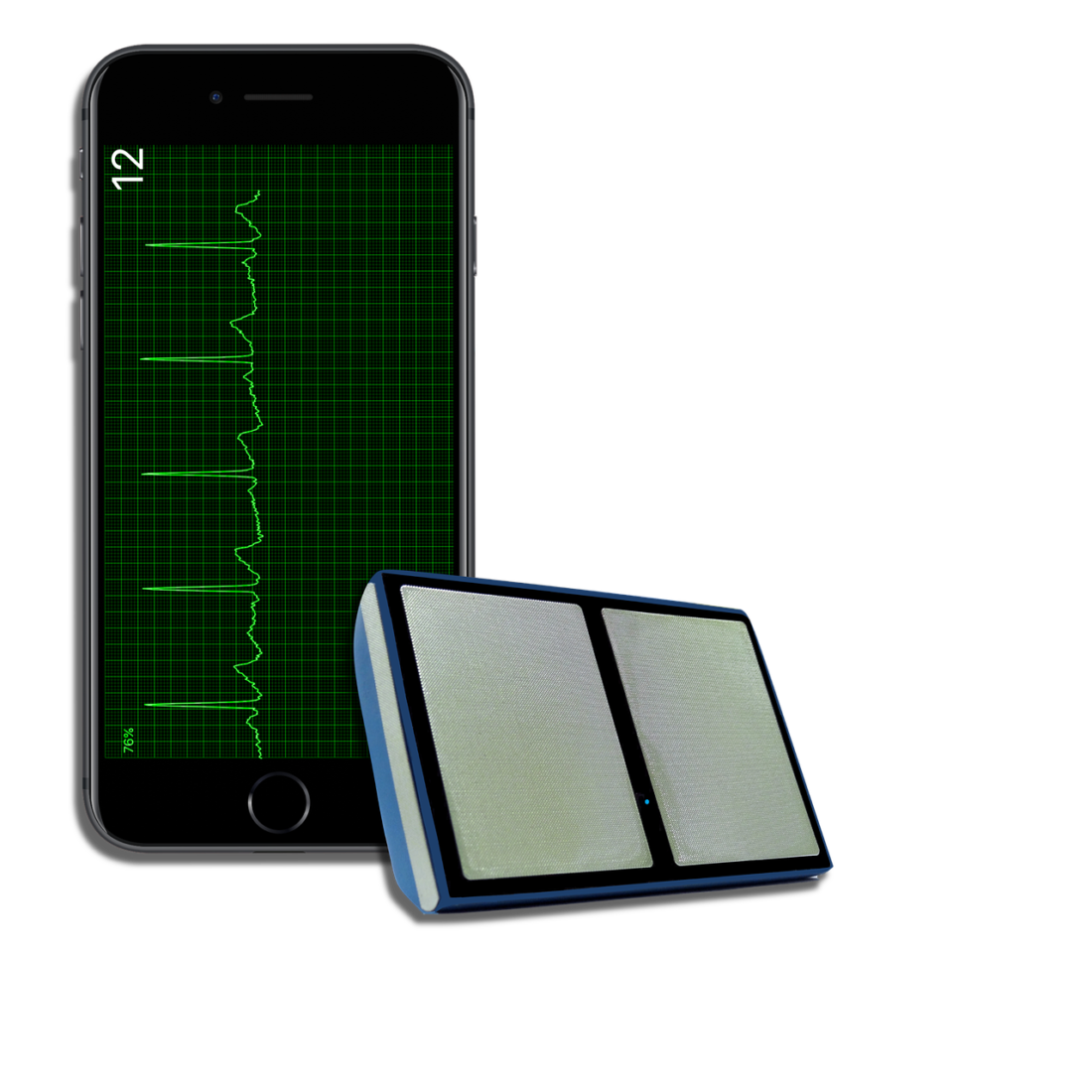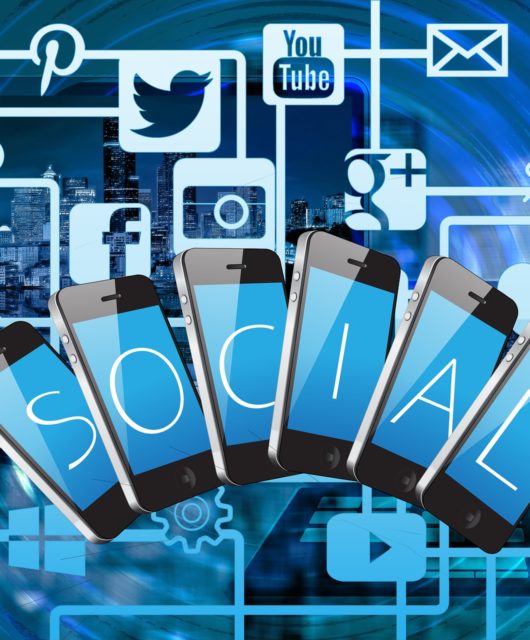The 7 Challenges Facing Medical Apps (and How We’re Beating Them)

Medical apps have been a significant focal point in the tech world, both because of their enormous impact on health and well-being and because of their potential for profitability. Both physicians and patients now rely on medical apps, sometimes on a daily basis, but as researchers and developers push the limits of what we can accomplish, they’re starting to run into some key challenges that stifle our progression.
Main Uses of Medical Apps
First, let’s take a look at some of the main ways medical apps are currently used by doctors and patients:
-
Diagnostic tools. <We’re starting to see a surge in diagnostic tools, which allow medical professionals to make more accurate diagnoses of conditions and diseases. These include older technologies like blood tests, but also AI-based diagnostic algorithms that are capable of identifying patterns associated with diseases like cancer. There are even facial recognition apps, like Face2Gene, which rely on facial analysis to predict and diagnose potential genetic diseases in individuals.
-
Treatment planners. Some apps focus on crunching thousands of data points to come up with the best possible treatment options for patients. Because some diseases, like cancer, require an in-depth understanding of individual needs, it’s hard for doctors alone to determine the best course of treatment. Now, deep learning AI algorithms like DeepPatient are attempting to make more thorough determinations.
-
Tracking and monitoring apps. Tracking and monitoring apps, like those offered by Syncro, allow doctors and patients to do more in-depth follow-up of treatment options. Patients can use apps to keep track of their symptoms, medications, and overall progress, and doctors can use apps to remotely check in on patients and see how they’re faring.
-
Interactive resources. Apps that allow for greater doctor-patient interaction are also being developed, enabling the possibility of remote care. These are often based on existing means of communication, such as video calls.
The Biggest Challenges
So what’s stopping these apps from developing even further?
-
Complexity and adoption. If you want your medical app to have a big impact, you have to get the majority of your patients using it. Unfortunately, most new technologies are complex, and may be difficult to learn—especially for an aging population. Doctors and nurses have to spend hours learning the intricacies of the new app, and further hours explaining how they work to their patients. That’s prohibitive to large-scale adoption.
-
Privacy and security concerns. The real power of medical apps lies in their ability to collect and scrutinize patient data, but the more data you gather and store, the more vulnerable you’re going to be. Both patients and doctors are concerned about the security of these new apps, especially since the healthcare industry is already such a large target for cybercriminals. On top of that, many patients aren’t willing to have their data publicly scrutinized—and want to be assured that their privacy will remain intact.
-
Legal issues. What happens if your app misdiagnoses a patient? What happens if a nurse providing remote care neglects to see something wrong with their patient? These are just some of the legal issues that can arise with the accelerating use of technology in the medical industry, and they haven’t yet been ironed out.
-
Reliability. How reliable are the diagnoses and recommendations from medical apps? They may work perfectly in theory, but these are new developments, and new developments have no history to draw from. To improve adoption, both physicians and patients need some tangible assurance that the app is going to work—and that puts a burden of proof on developers.
-
Testing. To make matters worse, it’s difficult to test a medical app designed to treat or diagnose patients. Human subject-based research is highly restricted, so it’s difficult for app developers to find a suitable environment in which to test their apps in lifelike conditions.
-
Costs. Obviously, the costs of developing (and adopting) new tech can be high. Overall, most apps are designed to save money; they’re automated, scalable, and easy to replicate, but the short-term costs make them less attractive.
-
Competition. Finally, the competition in the medical app world is fierce. This makes it somewhat intimidating to enter the field, even if you have the credentials to create something worthwhile.
Thankfully, we’re already enjoying a wealth of technological advancements in the medical community. We’re able to spot, treat, and monitor conditions with greater accuracy and precision than ever before, and each new advancement—however slight—makes us just a little bit better. These challenges are temporary obstacles, problems that are actively being solved by some of the top minds in the tech industry, so it’s only a matter of time before they’re behind us.









